How to Improve the Power Generation of a Solar Farm?
In the actual operation of solar farms, various factors often lead to a decrease in the power generation efficiency of solar farms. This paper will provide a comprehensive analysis of the facts behind the "shrinkage" of power generation in solar farms.
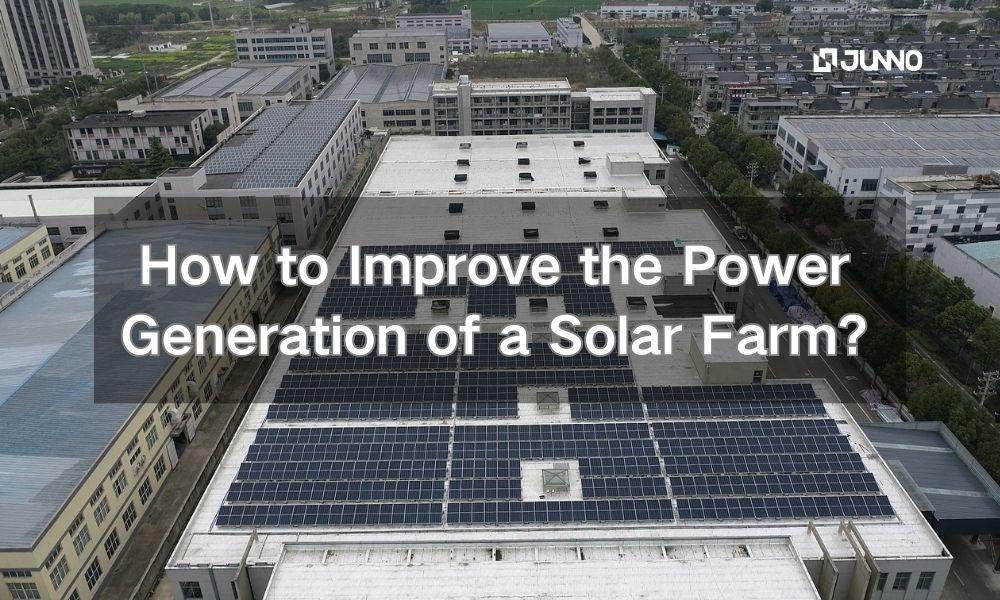
The Top Ten Factors Affecting the Power Generation of Solar Farms:
1. Solar Radiation:
A decrease in solar radiation is the direct cause of reduced power generation.
2. Tilt Angle
The tilt angle between solar panels may cause shadows and affect power generation efficiency.
3. Line Loss
Line loss in the DC and AC circuits of a solar system is an important factor affecting system efficiency.
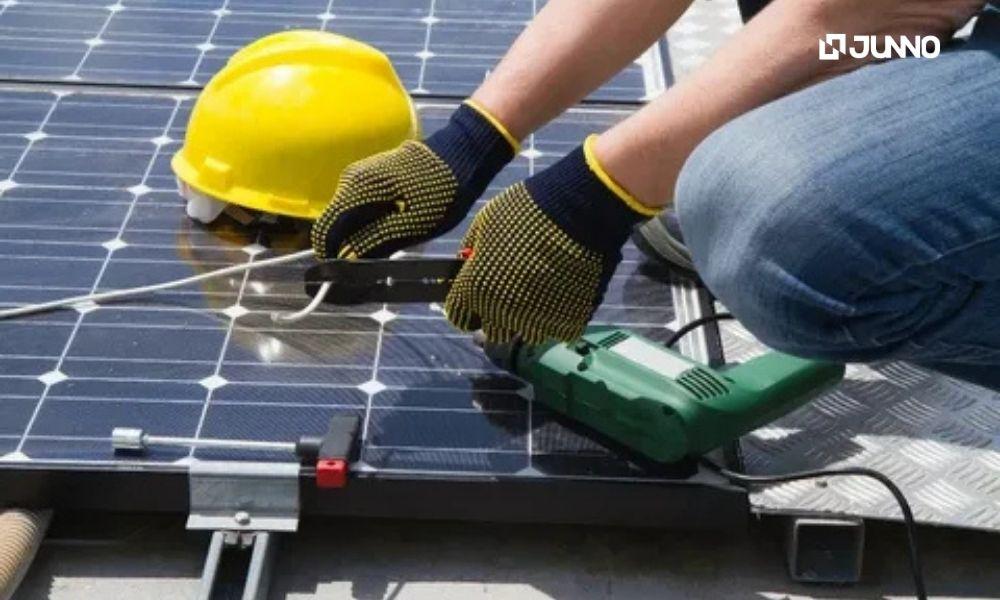
4. Component Efficiency
Solar panels convert solar energy into electrical energy, and component efficiency affects the conversion efficiency.
5. Matching Loss
A series connection may cause current loss, while a parallel connection may cause voltage loss.
6. Temperature Characteristics
When the temperature rises by 1°C, the output power of the solar panel will drop by 0.04%.
7. Dust Coverage
Dust on the surface blocks light, which reduces the output efficiency of the components and directly affects the power generation.
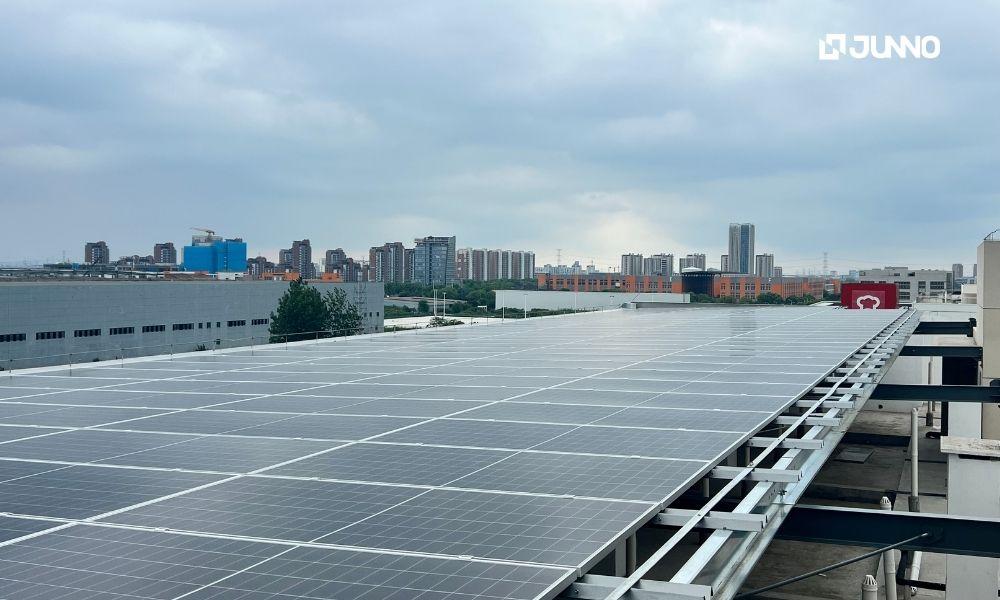
8. MPPT Tracking
MPPT technology can ensure that the solar system always outputs maximum power when the load or ambient light intensity changes, thereby maximizing the utilization of solar energy.
9. Conversion Efficiency
The solar inverter converts the direct current generated by solar panels into alternating current that meets the requirements of the power grid. Its efficiency is directly related to the power generation of the system.
10. BESS Efficiency
Independent solar systems require batteries. The charging and discharging efficiency of the batteries directly affects the efficiency of the system, which in turn affects the power generation of the independent system.
Six Key Measures to Increase Power Generation:
1. Professional design, optimized layout
According to the geographical conditions, climate characteristics, and light resource distribution of the solar farm, the layout of photovoltaic modules should be reasonably planned to reduce the impact of shadows on solar panels and ensure the stable operation of the power station.
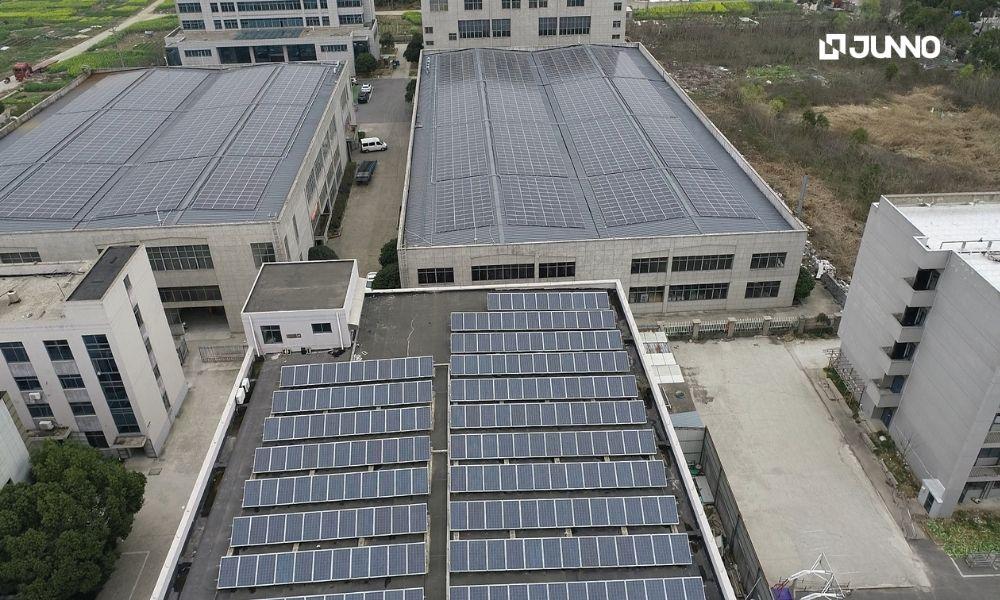
2. Adjust the angle to avoid obstruction
When designing a solar farm, full consideration should be given to the potential shadows from surrounding buildings, trees, etc. By adjusting the installation angle and spacing of the solar panels, the solar farm can receive the most sunlight, thereby increasing power generation.
3. Keep ventilation and avoid high temperatures
Use brackets and heat sinks with good heat dissipation performance to reduce the operating temperature of the components, and optimize the ventilation environment when designing the layout, thereby improving their photoelectric conversion efficiency.
4. High-efficiency modules, double the efficiency
High-efficiency solar panels generally have strong photoelectric conversion capabilities. Therefore, in the early stages of power plant construction, priority should be given to those solar panels that have been professionally certified and have high efficiency and stable performance.
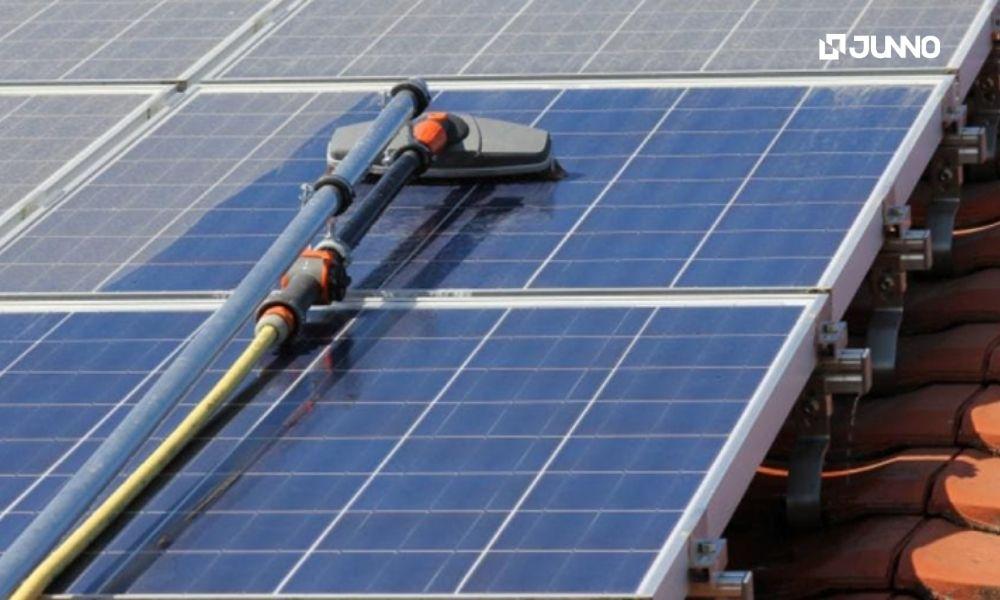
5. Strengthen operation and maintenance, and clean up regularly
Regularly inspect and maintain power station equipment, promptly repair or replace faulty equipment, and regularly clean dirt on the surface of components to avoid affecting the power generation of the power station.
6. Data monitoring and real-time scheduling
By installing data monitoring equipment, we can monitor the power station's operating status, power generation, and other data in real time and dispatch flexibly to avoid power shortages.
Conclusion
Improving the power generation of solar farms is a systematic project involving multiple aspects. Through the above measures, the power generation of solar farms can be effectively improved.